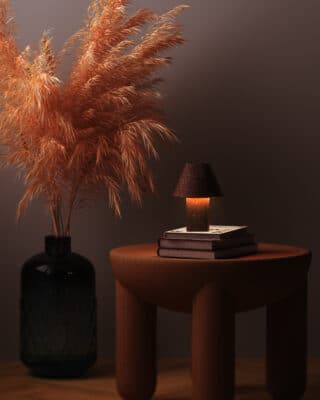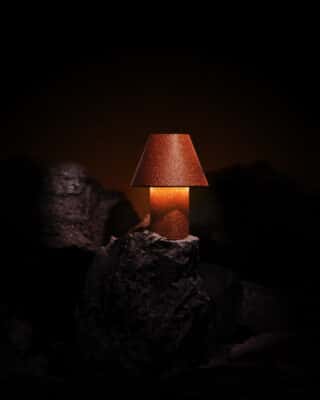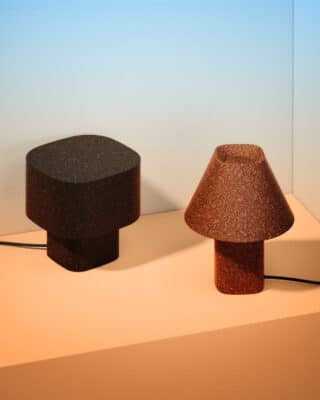Terra Sustainable Lamps: Innovative Biowaste Materials in Sustainable Building Design
Terra Sustainable Lamps are a remarkable example of how biowaste materials can be repurposed to create eco-friendly lighting solutions that align perfectly with the growing demands for sustainable building materials. As the architecture and construction industries push towards greener alternatives, these lamps demonstrate a practical and aesthetic way to incorporate sustainability into interior spaces.
Sustainable Materials in Modern Construction
In recent years, the construction sector has increasingly focused on integrating sustainable materials that reduce environmental impact. Terra Sustainable Lamps utilize biowaste — organic residues from agricultural and food processing industries — turning waste into value-added products. This not only reduces landfill waste but also supports circular economy principles within the building industry.
Table 1: Comparison of Common Sustainable Materials in Construction and Terra Lamp Biowaste Components
| Material Type | Source | Environmental Benefit | Application in Construction |
|---|---|---|---|
| Recycled Wood | Construction scraps | Reduces deforestation | Flooring, paneling |
| Bamboo | Fast-growing grass | Carbon sequestration | Structural beams, flooring |
| Recycled Plastic | Plastic waste | Lowers plastic pollution | Insulation, facade panels |
| Biowaste Composites | Agricultural waste | Minimizes organic waste | Decorative elements, lighting (e.g., Terra Lamps) |


How Terra Lamps Fit Into Sustainable Building Practices
Terra Sustainable Lamps highlight the innovation possible in using biowaste composites. The lamps combine materials like rice husks, coffee grounds, and other plant residues with eco-friendly resins to form durable, lightweight lighting fixtures. This aligns with sustainable design goals by:
- Reducing reliance on non-renewable resources.
- Lowering carbon footprint through waste reutilization.
- Enhancing indoor environmental quality with natural textures and aesthetics.
Moreover, architects and interior designers can incorporate these lamps into projects that prioritize green certifications such as LEED or WELL, making them not just decorative but also functionally sustainable.
The Environmental and Economic Impact
Using biowaste materials in products like Terra Lamps offers both environmental and economic advantages. Environmentally, it supports waste reduction and conservation of natural resources. Economically, it opens new markets for biowaste processing, creating green jobs and fostering innovation.
Table 2: Environmental Impact Metrics of Terra Lamps vs Conventional Lamps
| Metric | Terra Sustainable Lamps | Conventional Lamps |
|---|---|---|
| Carbon Emissions (kg CO2) | 2.1 | 6.5 |
| Energy Used in Production (kWh) | 5 | 12 |
| Percentage of Recycled Content (%) | 85 | 20 |


Challenges and Future Prospects
Despite the clear benefits, integrating biowaste materials like those in Terra Lamps into mainstream building products faces challenges such as:
- Standardization and certification for safety and durability.
- Scaling production to meet larger construction project demands.
- Educating stakeholders about new sustainable material options.
Nevertheless, ongoing research and increased demand for green building materials indicate a promising future for biowaste-based innovations.
Conclusion
In conclusion, Terra Sustainable Lamps serve as a shining example of how sustainable design and material innovation can go hand in hand with the building sector’s environmental goals. By repurposing biowaste, these lamps not only provide beautiful lighting solutions but also contribute to reducing waste and promoting circular economy practices within construction and interior design.
ArchUp is your platform to follow everything “architectural“: news, analyses, and designs straight from the heart of the modern architectural movement.






